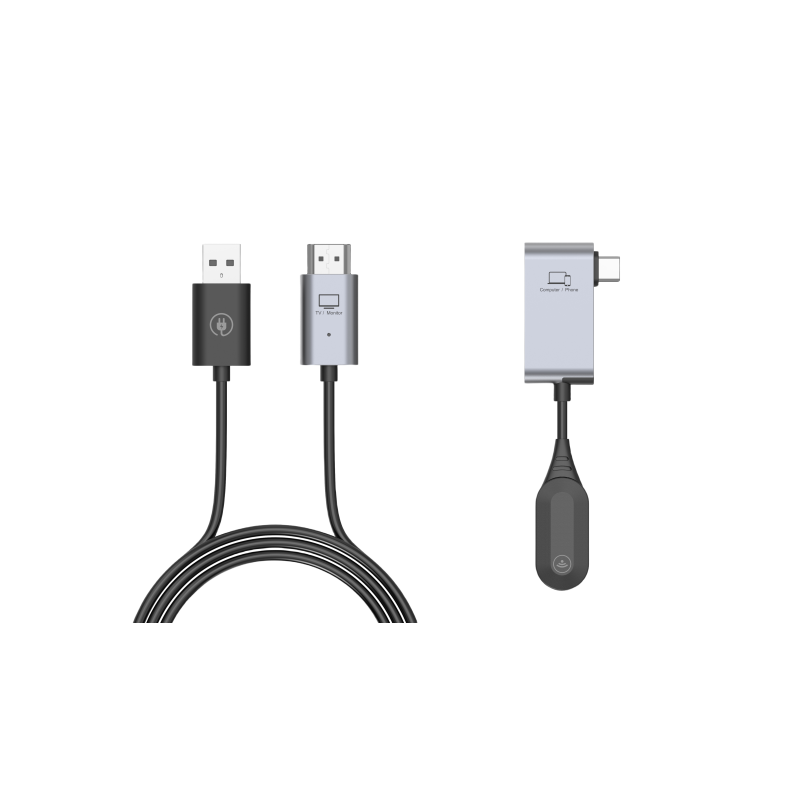An Introduction to Docking Stations and Their Functionality

A computer docking station is an essential accessory that allows users to connect their laptops or mobile devices to various peripherals and accessories, enhancing functionality and convenience. With the ability to quickly and easily expand the capabilities of a computer, docking stations have become an indispensable tool for professionals, students, and anyone seeking increased productivity.
1. What is a Docking Station?
A docking station is a device that provides a means for connecting a laptop or mobile device to multiple external devices, such as monitors, keyboards, mice, speakers, and more. It typically connects to the computer through a single cable or physical dock, eliminating the need for multiple individual connections.
Docking stations are designed to streamline the process of connecting and disconnecting multiple peripherals. By simply placing the laptop or device onto the docking station, users can instantly access all the connected devices without having to plug and unplug each one separately.
2. Benefits and Functionality of Docking Stations
Docking stations offer several distinct advantages:
Increased productivity: By providing a centralized connection point for all peripherals, docking stations enable users to quickly switch between devices without the hassle of connecting and disconnecting each peripheral individually. This convenience translates into increased productivity and time-saving benefits.
Expanded connectivity: Docking stations offer a wide range of ports, including HDMI, DisplayPort, USB, Ethernet, and audio jacks, among others. This allows users to connect external monitors, printers, speakers, network cables, and other accessories without compatibility issues or the need for additional adapters.
Ergonomic improvement: Many docking stations are designed with ergonomics in mind, featuring adjustable stands or built-in cooling fans to enhance the comfort and usability of laptops. By raising the screen to eye level and providing a more comfortable typing position, docking stations promote proper posture and reduce strain on the body.
3. Types of Docking Stations
There are two main types of docking stations:
1. Standalone Docking Stations: These are standalone devices that connect to the laptop or device through a single cable or physical dock. They provide a wide range of connectivity options and are typically used in office or home settings.
2. Port Replicator Docking Stations: Also known as "port replicators," these docking stations are smaller and more portable. They usually offer a limited number of ports and are primarily used for basic connectivity needs while on the go.
Regardless of the type, docking stations offer the convenience and flexibility of transforming a laptop or mobile device into a fully functional workstation with minimal effort.
Conclusion:
A computer docking station serves as a powerful tool for extending the connectivity and functionality of laptops and mobile devices. By providing a central hub for peripherals, it revolutionizes the way users interact with their devices, enhancing productivity, connectivity, and comfort. Whether in an office or on the go, docking stations are indispensable devices for individuals who seek efficiency and versatility in their computing experience.



